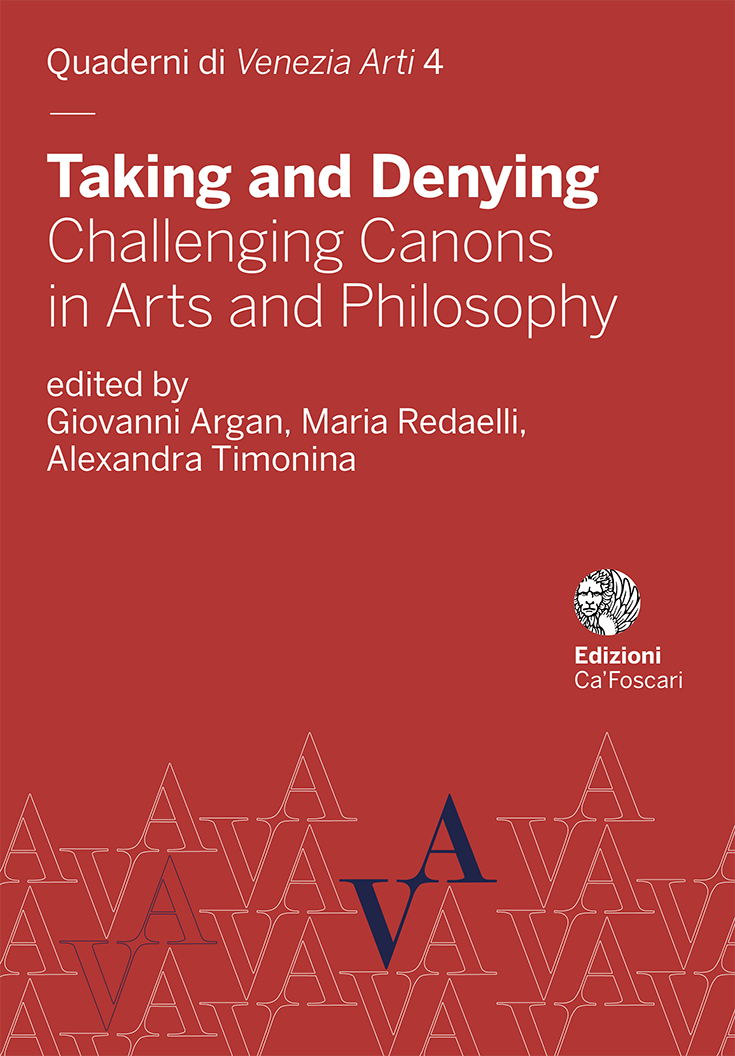Collana |
Quaderni di Venezia Arti
Miscellanea | Taking and Denying
Capitolo | Тема России, объединяющей народы, в проектах монументальной живописи Евгения Лансере
Тема России, объединяющей народы, в проектах монументальной живописи Евгения Лансере
Abstract
This article discusses how the canon of the allegorical representation of Russia evolved. Formed in the eighteenth century by Western European masters, it was revised by Eugene Lanceray between 1915 and 1916 in his projects for the ceiling at the Kazan railway station in Moscow. In the 1920s, both the new leadership and the youth rejected the attempts to use old iconography. Thus, in the early 1930s, a new canon showing the USSR as a country that unites workers of different backgrounds appeared. It was used in the Palaces of Culture until the 1950s. Moreover, in 1945 Lanceray proposed a new allegory for peace in the image of a Russian woman with a child, which was later transformed into different versions of the allegory of the Motherland.
Pubblicato 22 Dicembre 2020 | Lingua: ru
Keywords Kazan railway station • Monumental painting • ‘Peace’ • ‘Motherland’ • Celebration of unity • Unity of West and East • Allegory of Russia • Allegory for peace • Eugene Lanceray
Copyright © 2020 Pavel Pavlinov. This is an open-access work distributed under the terms of the Creative Commons Attribution License (CC BY). The use, distribution or reproduction is permitted, provided that the original author(s) and the copyright owner(s) are credited and that the original publication is cited, in accordance with accepted academic practice. The license allows for commercial use. No use, distribution or reproduction is permitted which does not comply with these terms.
Permalink http://doi.org/10.30687/978-88-6969-462-2/005
